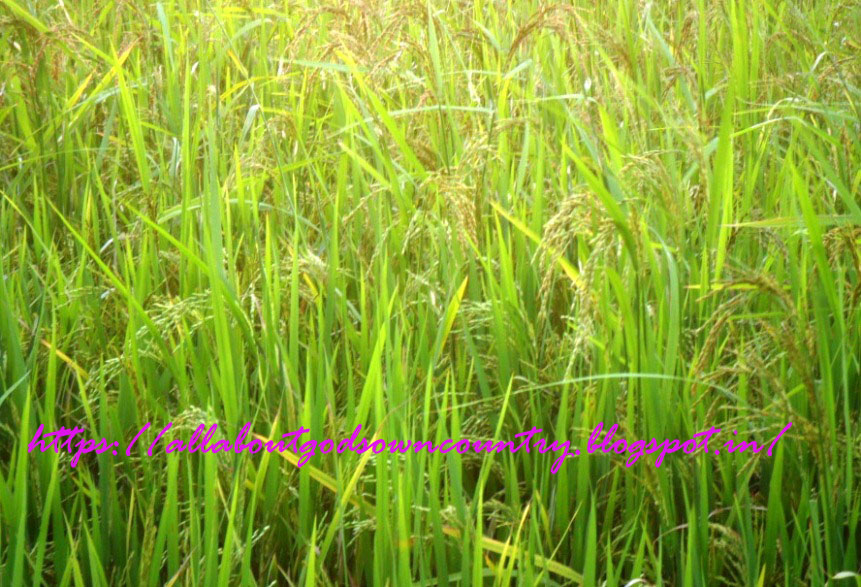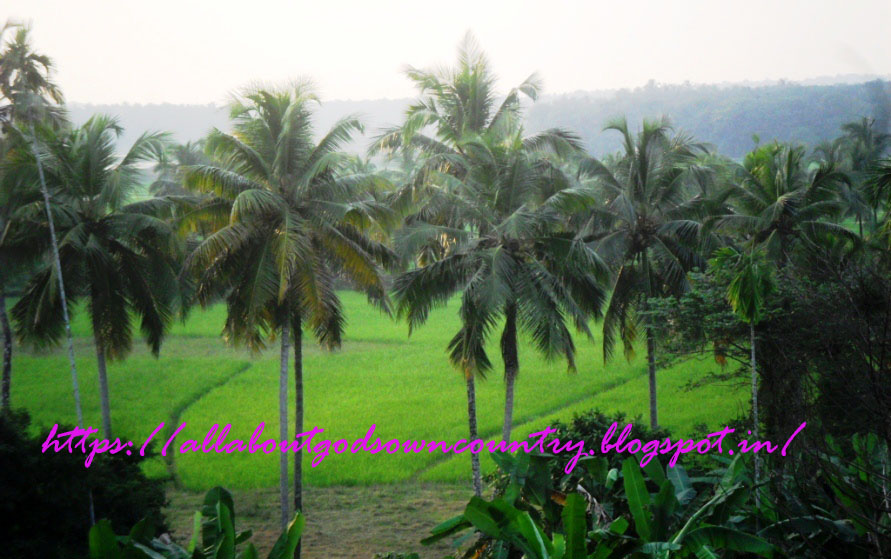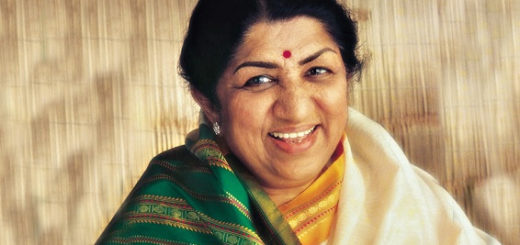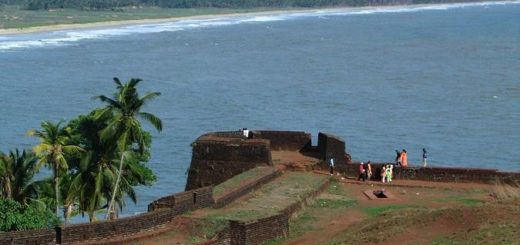Some Unheard Rice Tales of Wayanad
Wayanad is known for different varieties of rice crops, and the daily life of people is closely linked with tribal culture and agriculture. As per stories, Wayanad derived its name from ‘Vayal Naad’ which literally means ‘land of paddy fields’.
During early days, Wayanad was well known for paddies and rice crops of more than 105 varieties. But now, those different varieties of rice can be counted in finger tips. Only below 10 varieties are cultivated in vast fields. Tribal people belonging to Kurichya community still retains some of those old flavours and traditions, and bind with them a few tales related to their glorious yesterdays. Yes, some of them still cultivate some of the old varieties of rice, and also preserve many useful piece of information association with the rice varieties and cultivation methods.

Cheruvayal Raman – Most prominent name among agriculturists
The agriculturist Cheruvayal Raman, belonging to Idavaka Panchayat is a phenomenal figure among Kurichya farmers of Wayanad. He preserves more than 40 varieties of rice in his own agricultural fields, and cultivates them annually also. Through the constant efforts done by Raman and a few more farmers, 21 varieties of rice have received registration. He has also received numerous awards including Plant Genome Savior Award. Still now he continues his efforts to spread the cultivation of traditional/local rice varieties.
Joint farming of Kurichyars
Kurichyars till continue joint family system, with more than 100 members in a family. They follow Matriarch hierarchy (matrilineal tribes). Their ancestral family is called ‘Mittam’, Karanavar (head of the family) is called Odekkaaran and his wife is known as Odekkaarathi. It’s the duty of Karanavar to ensure rice food for all his family members throughout the year, and hence cultivate rice in vast manner and store it also. They cultivate different types of rice for 5 or 6 months, harvested in different times and store it in granary also. As instructed by family head, all the family members cultivate rice. They never sell rice seeds. Instead how much rice is given to sow is returned back after harvest.
Kurichyars have divided the paddy fields into three based on the type of soil and geographical features – Kundu Vayal, Kuni Vayal and Korav Vayal. They thatch roofs using hay.
Unique varieties of Wyanad rice
Rice varieties of Wyanad are different from others based on qualities and characteristics. Gandhakasala, Jeerakasala, Mullan Kaima, Poothali Kaima, Uruni Kaima etc belong to aroma varieties of rice. Among them, Gandhakasala and Jeerakasala have received geographical indication (GI) tag. Veliyan, Thondi, Chomaala, Adukkan etc are excellent varieties in terms of taste.
Chennellu variety has the magical power to lesson ulcers. Kalladiyaryan is one of the strongest varieties of rice which resist drought and scarcity of water. Chettuveliyan can resist marshy/muddy soil (excess water storage in fields). Paalveliyan gives tasty rice water (after boiling rice). Cooked rice is also tasty. Some of the rice varieties like Chennellu is used by Kurichyars during their traditional rituals, and hence deeply linked to their tribal culture and customs.
Villali
Kurichyar tribal people are well known for their proficiency in archery. Their name is derived from two words kuri (target) and chiyan (people), which literally means they hit targets using bows and arrows. Kurichyars own a prominent figure in the history books of Kerala, related to Pazhassi Raja and his revolts against British. Read more. The ancestors of Kurichyars were brilliant in archery.
Customs related to rice
Kurichyars practise several customs and rituals related to rice cultivation and harvest. They sow seeds one day after Vishu, after seeking permission from their worshipping gods. Customs like Nattiveykkal and Sambhalamoott – Grand feast are associated with sowing of seeds. Kurichyar believe that Makam is the zodiac star of rice, and they worship rice on this particular day. A few more customs follow – Kathiru Kettal, Koythu Thudakkam, Puthari Kol etc.
To harvest rice and store it, Kurichyars follow certain methods. For 7 days, rice seeds are exposed to sun and snow. Basket is made using bamboo and is filled with hay. Then the seeds are put inside this enclosure, and completely filled with hay, and later wrapped well. This enclosed basket is known as Mooda, and this custom is called Mooda Kettal. Seeds preserved this way will remain intact for next 18 months or so. Rice for food will be preserved for 2 years.
Kurichyars know the pulse of nature and its living beings

Kurichyars are well aware of the benefits given by rice fields given to environment and the living beings associated with them. Paddy fields are best reservoirs of water, and give shelters to many animals also. Also Kurichyars are aware that water will be stored in the holes where crabs live. They never hunt birds seen in paddy fields, as they know it well, such birds fertilizes the fields by their feces. Also they never eat fishes seen in paddy fields and ponds during breeding season. During other seasons, they catch fish using net made from bamboo. Kurichyars also recognize friendly pests, which kill deadly insect and protect rice.
Paddy fields are best source of several medicinal plants, and Kurichyars make use of them. Today, joint families are very scarce among this group of people. Cultivation of rice has also depreciated drastically. Yet they protect some of the local varieties of rice and information association with them in whatever methods they can. For Kurichyars, rice is not just a source of food, but it’s related to nature, a few customs, their heritage and many more.















Recent Comments